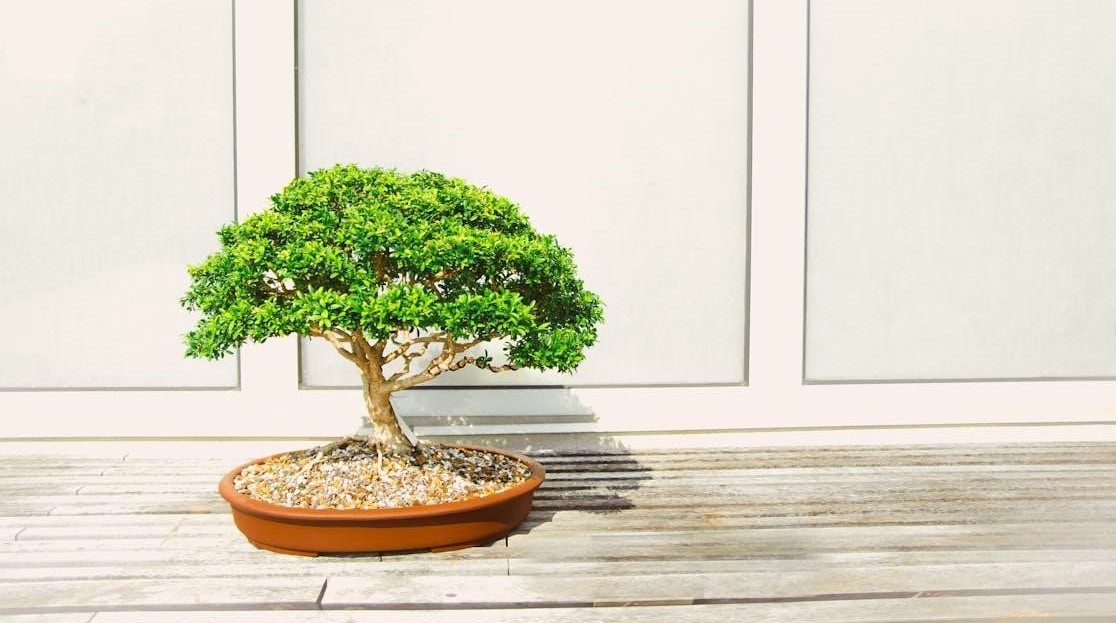
Green Therapy: How Plants Can Improve Your Mental and Physical Health
As modern lives become increasingly urbanized and technology-dependent, there's a growing interest in 'green therapy' – using nature for therapeutic benefits. The therapy encompasses gardening, spending time in parks, and even bringing plants indoors. Keywords link plant therapy, indoor plants, green space, and nature exemplify the diverse possibilities within this field.
Plant Therapy: Nature's Healers
Plant therapy, also called horticultural therapy, involves nurturing, interacting, and simply being around plants for therapeutic purposes. This practice offers both psychological and physiological benefits.
Caring for plants provides a sense of purpose and accomplishment. The sensory aspects of gardening – touching the earth and smelling flowers – can be profoundly grounding and reduce stress.
Benefits of Indoor Plants
Bringing a touch of nature indoors with houseplants has gained significant attention. Research suggests indoor plants improve air quality by removing toxins and adding humidity.
The presence of greenery can reduce stress, anxiety, and fatigue. Simply looking at plants can have a calming effect and improve concentration. It can help in anxiety relief and promote mental well-being.
The connection between access to green spaces and health is a growing area of research. Studies indicate that people living near parks, forests, or other natural areas have lower rates of mental health problems, including anxiety and depression.
Green spaces provide opportunities for physical exercise, social interaction, and reducing urban noise pollution, all contributing to improved health outcomes and fostering a sense of connection to the environment and one another while promoting holistic well-being.
Nature and Wellness
The human connection to nature runs deep, and science validates the intuitive sense that time outdoors is good for us. Exposure to nature reduces levels of the stress hormone cortisol, boosts immune function, and promotes relaxation.
Moreover, access to green spaces has been associated with greater social cohesion and community engagement, fostering connections between individuals and their environment. Whether it's a walk in the park near you, a spontaneous road or camping trip, or simply enjoying the shade and cool breeze under a tree, the benefits of immersing oneself in nature extend beyond personal well-being to encompass broader societal benefits.
As urbanization continues and people spend more time indoors, prioritizing green spaces in urban planning and daily routines becomes vital for cultivating healthier, happier communities.
Conclusion
Green therapy, whether tending to plants, visiting green spaces, or simply appreciating the presence of nature, offers a potent and readily accessible pathway to enhanced well-being. As our understanding of the connection between nature and health grows, it's clear that incorporating 'green prescriptions' into our lives could have profound implications for individuals and communities. Cultivating a relationship with nature is a robust investment in physical and mental health.